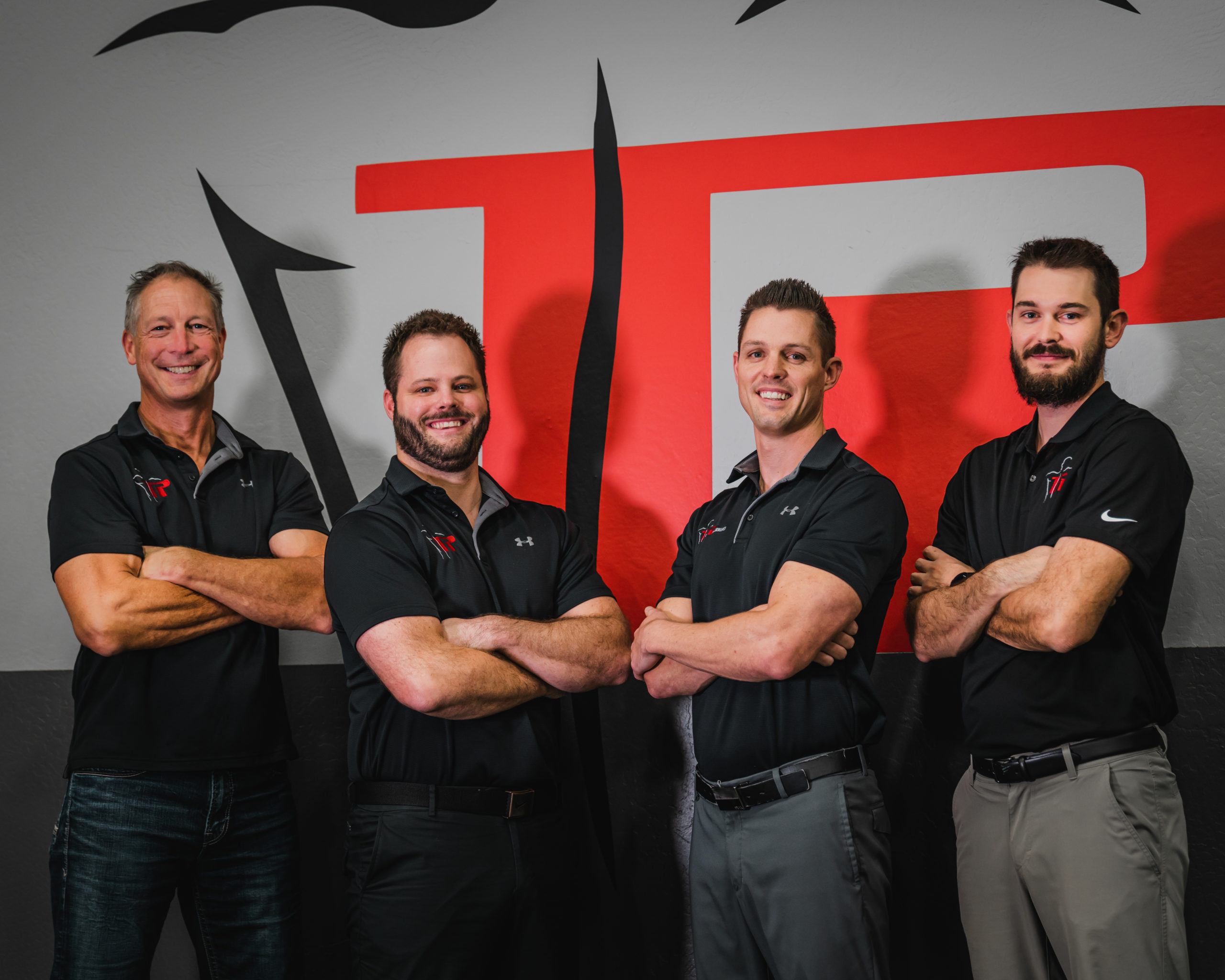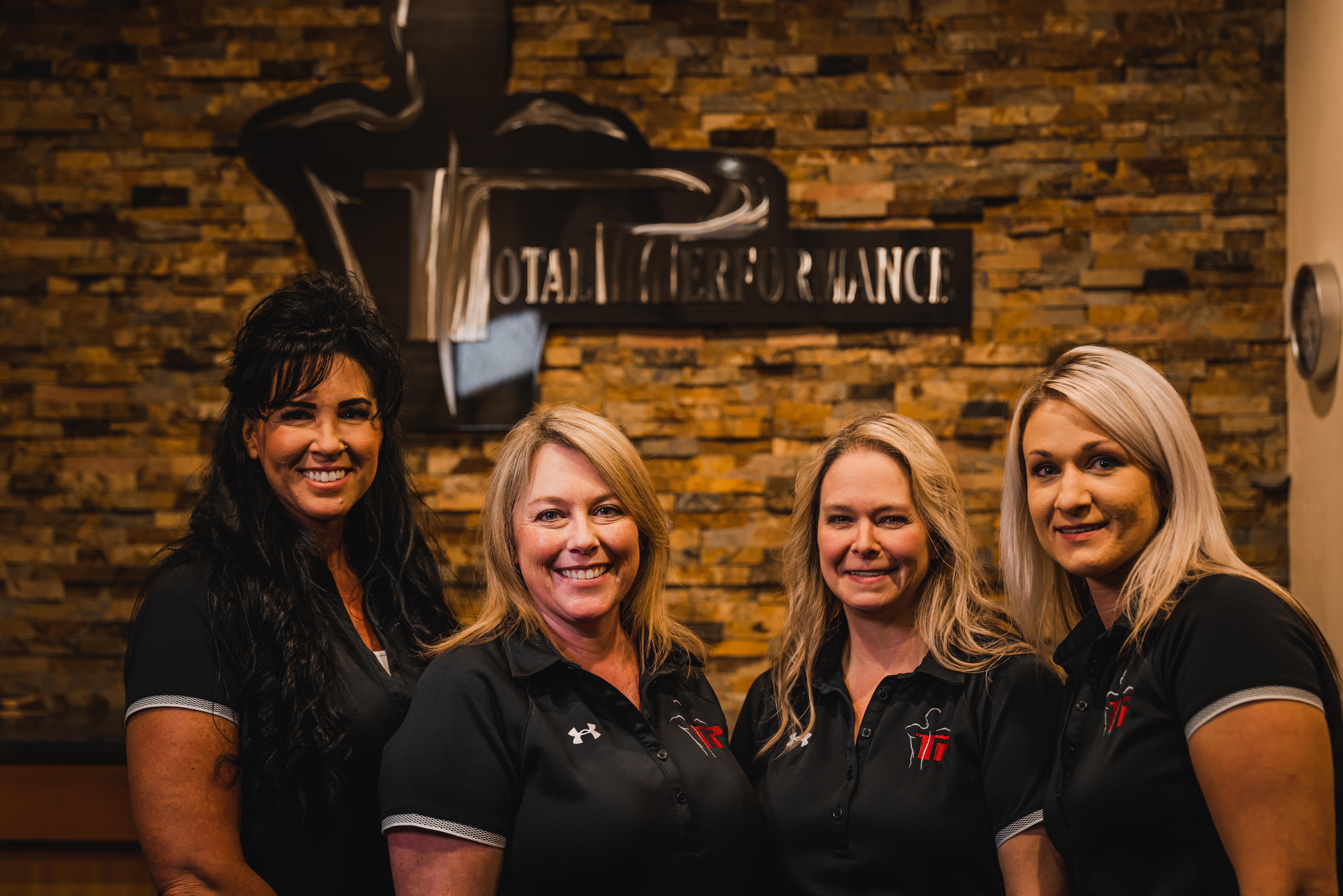FREQUENTLY ASKED QUESTIONS
Yes! We have one on one personal training and we believe it to be the most comprehensive in the Rogue Valley. Our expert trainers will consult with you, establish goals, identify needs and create a program that gets you results. We offer free 15 minute consultations for prospective clients that have further questions. Give us a call or shoot us an email today!
Nope. We refer our patients to imaging centers when needed. We do NOT perform x-rays on every patient we treat. We perform x-rays when clinically indicated. This is typically when fracture or structural derangement is suspected following trauma, or when cancer/tumor/infection is suspected. We will also use imaging at times when a patient is not responding to care as anticipated. The simple reason is this: Most conditions do not require x-rays (or any imaging) for diagnosis or successful management. Additionally, current recommended clinical guidelines do not support the use of imaging aside from the above-mentioned circumstances. For more information, visit: https://www.acatoday.org/Patients-Choosing-Wisely
No. In our clinic, we only use the medical definition of “subluxation”, meaning partial dislocation. The chiropractic term “subluxation” doesn’t even carry an agreed-upon definition among the chiropractic profession. There is no current, consistent, agreed-upon research demonstrating the existence of chiropractic subluxations or the idea that these entities can impinge upon spinal nerves and cause disease/illness throughout the human body (including visceral/organ pathology). Our clinic is an evidence-based practice, meaning that we take the best available research and apply this directly to our management of patients and training clients. We feel that we owe it to our patients to give them the best of what we have in conservative neuromusculoskeletal care.
Download this referral form to refer a patient to our practice:



